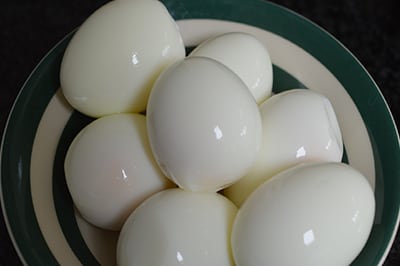Pune: Ever since its inception in 1855, the
general post office (GPO) has metamorphosed many times over, but the one thing that has stayed constant is its proximity to power.
The compound, perched on the edge of Pune Cantonment at Sadhu Vaswani Chowk, is calmer, greener and more appointed than several of its more powerful neighbours — the district headquarters, police headquarters, Central Building and Sassoon Hospital — all of which are within a stone's throw
Over the decades, tragedy has struck repeatedly in these powerful environs — the Deccan Commissioner, a post set up by the British to look into the area's affairs, had his office at the very spot where St Paul's Church stands.
It was relocated from Khadki after it was gutted in a fire in 1820, when Mountstuart Elphinstone was the commissioner. The new office too was destroyed in a blaze, and the premises then moved to what is now Queen's Garden.
The British had always considered the GPO to be in the city's centre, a fact further cemented by the 'zero milestone' right outside.
The city's first telegraph lines converged at this spot in 1854, and the actual structure of the GPO came up a year later. Over time, a pay office for civil servants of the company was established, which later became the Central Building. The Council Hall came up later, as did the collectorate.
Two decades later, in 1873, the simple structure of the GPO was replaced by something more ostentatious, according to 'Queen of the Deccan'. And in the early 20th century, the building was renovated and took its current form, with a dome and a front porch with large plinths.
In red serif font, 'Post Office' is proclaimed on the domed porch, a rarity in other Victorian buildings.
Indoors, people line up at the wooden partitions to collect and deposit cheques, transfer money to remote areas, book railway tickets, and increasingly rarely, post letters and parcels too.
Others line up in a hastily-constructed extension just outside for philatelic material, especially busy after a recent philately exhibition in the city.
Overall, the building checks all the boxes of Victorian architecture, even though much of the building was constructed when the Victorian style was on the wane, in favour of more pragmatic design. The exterior is unassuming, with a pale-grey stone facade.
But the building's most striking feature has also been its most well-preserved — a tall spire that rises from one end of the main structure, ending in a dome with Indo-Islamic influences, and side panels lined with European glass.




















